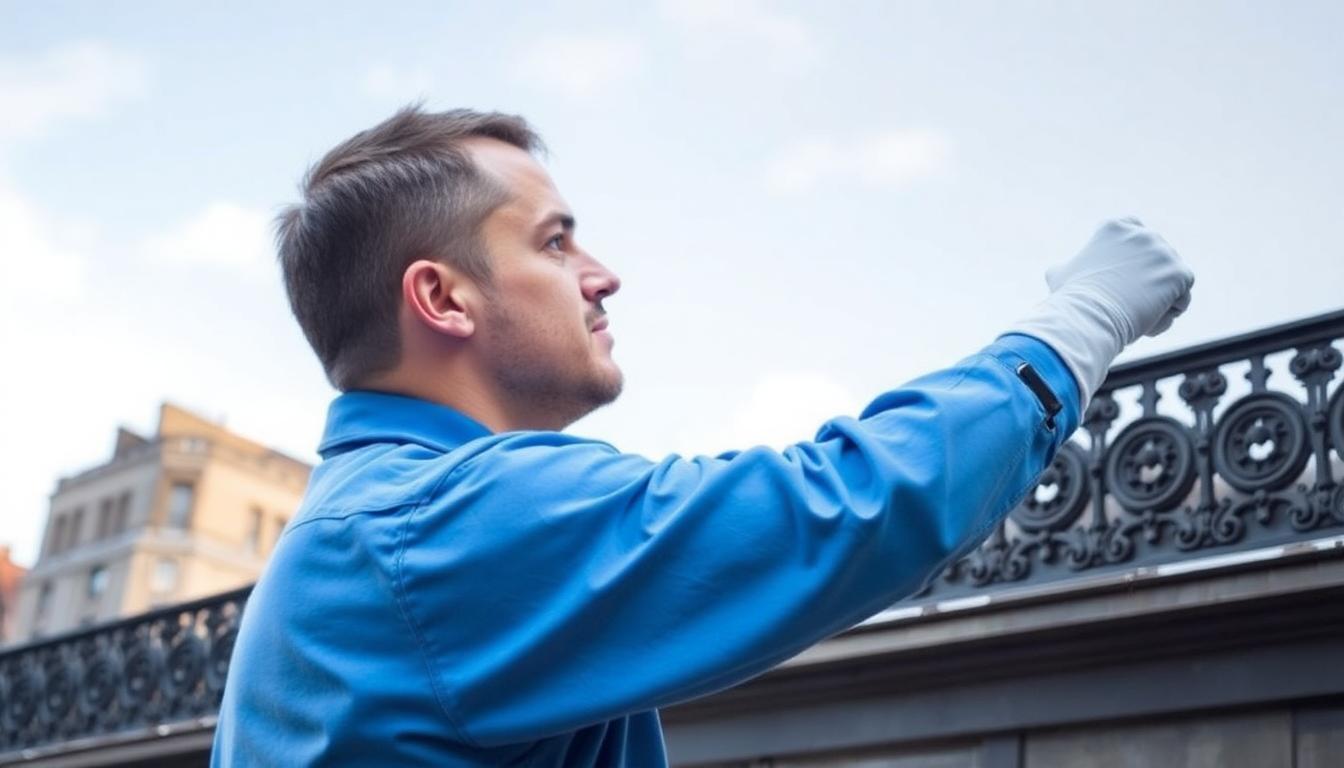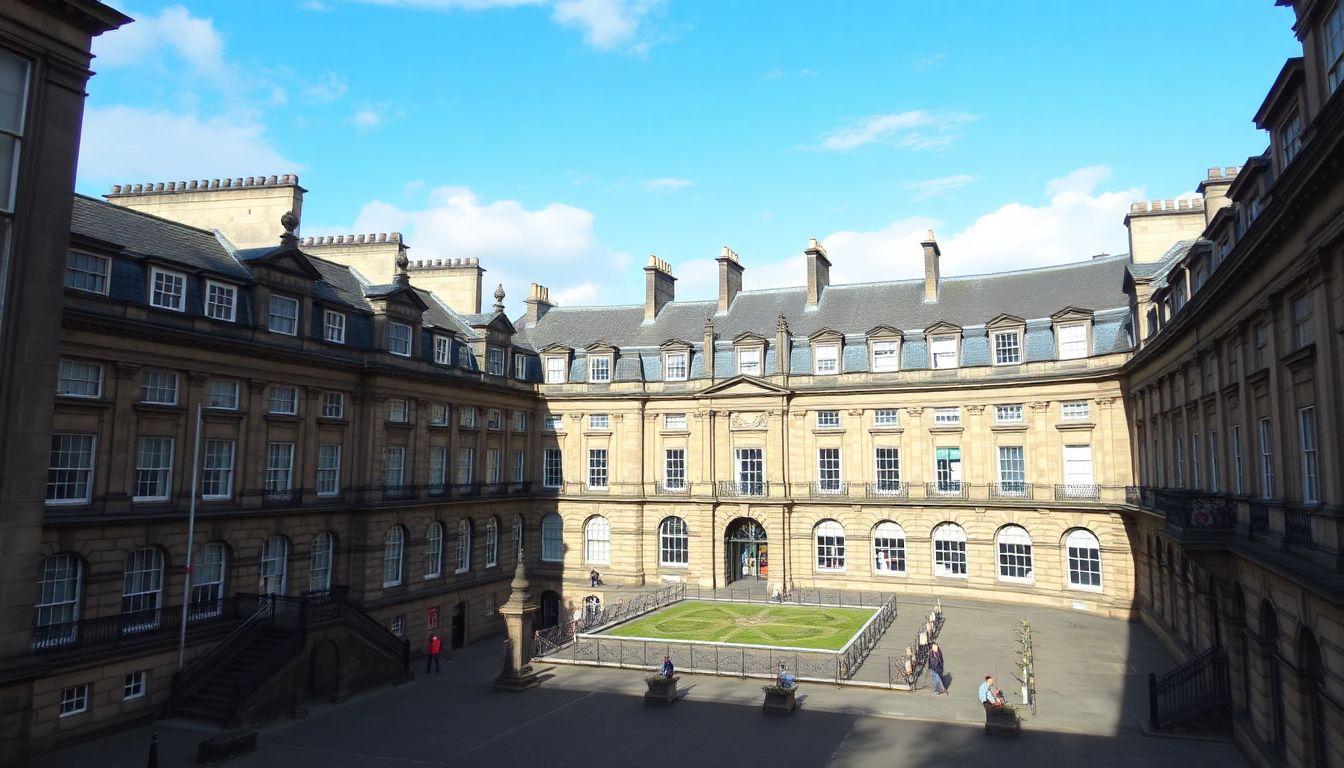Edinburgh’s historic architecture represents one of the UK’s most precious cultural treasures, with the medieval Old Town and Georgian New Town creating a unique urban landscape that draws visitors worldwide. The preservation of these historic structures requires specialized knowledge and approaches that standard cleaning methods simply cannot provide. Professional cleaners Edinburgh must utilize techniques specifically developed for heritage buildings to prevent damage while effectively restoring their original beauty.
The Importance of Specialized Cleaning for Historic Structures
Edinburgh’s historic buildings form part of the approximately 500,000 listed structures across the UK—roughly two percent of all buildings nationwide. These structures represent irreplaceable cultural heritage that demands specialized preservation approaches.
Standard cleaning methods that work for modern buildings can cause serious damage to historic stonework. The age, materials, and historical significance create unique cleaning challenges:
- Original building materials may have become fragile over centuries
- Traditional construction techniques create vulnerabilities modern buildings don’t have
- Decorative elements require particularly delicate handling
Improper cleaning can lead to irreversible damage such as stone erosion, mortar degradation, and loss of historical detail—making specialized cleaning not merely a preference but a necessity.
Unique Challenges of Historic Building Maintenance
Cleaning historic buildings in Edinburgh presents numerous challenges that don’t exist in modern structures.
One major difficulty involves retrofitted systems—ventilation ductwork installed decades or centuries after original construction often follows irregular paths, creating complicated access issues. Similarly, cleaning teams frequently encounter precious decorative elements that cannot be disturbed, such as gold leaf detailing or original plasterwork.
Teams must often coordinate with multiple stakeholders, including:
- Conservation officers
- Historic Environment Scotland representatives
- Heritage specialists
- Building managers
The planning phase typically takes significantly longer than for modern buildings, sometimes requiring specialist access equipment for features like vaulted ceilings or ornate fixtures. What might be a straightforward cleaning task in a modern building often becomes a complex heritage preservation project.
The DOFF Cleaning System for Stone Restoration
The DOFF cleaning system has emerged as the preferred method for historic stone cleaning in Edinburgh. This specialized technology uses superheated water reaching temperatures of 150°C while maintaining carefully controlled low pressure—a combination that effectively cleans without damaging delicate historic surfaces.
Unlike traditional pressure washing that can erode soft stone, the DOFF system removes contaminants through temperature rather than force. This gentle approach effectively eliminates biological growth, atmospheric pollution deposits, urban grime, graffiti, and other substances without harsh chemicals.
Because it uses minimal water, surfaces dry within minutes—preventing the freeze-thaw cycles that can crack stone in Edinburgh’s climate. Preservation societies specifically approve the DOFF system for historic building restoration because it restores original appearance without alteration to the underlying material.
Benefits of Superheated Water Cleaning
The DOFF system provides significant advantages when working with historic buildings. The high temperature effectively breaks down stubborn contamination while the low pressure application ensures the underlying surface remains undamaged.
Traditional pressure washing can be devastating to historic stonework—stripping away not just dirt but also the stone itself and forcing water deep into the building fabric. The minimal water usage prevents moisture-related problems like internal dampness, mold development, and frost damage.
Most importantly, the process respects historical integrity by removing only what shouldn’t be there while preserving the original stonework exactly as designed.
Stone and Brick Restoration Techniques
Professional restoration of Edinburgh’s historic buildings requires approaches tailored to different construction materials. Sandstone, the predominant building material in Edinburgh’s Old Town, requires particularly careful handling as these stones are porous and have developed a protective patina over centuries.
Professional restoration extends beyond cleaning to address mortar joint deterioration, stone erosion, and structural stability issues. The ultimate goal combines aesthetic improvement with structural preservation—balancing visual impact with long-term conservation needs.
External Paint Removal Processes
Removing inappropriate paint from historic building exteriors presents particular challenges, as aggressive removal techniques can permanently damage the underlying surface.
The DOFF system offers a safer alternative. The superheated water effectively softens paint without chemical strippers that could penetrate and damage the building fabric. Success requires precise calibration of temperature and pressure settings according to both the surface material and the type of paint being removed.
Case Studies: Historic Buildings in Edinburgh and Beyond
Edinburgh’s historic building cleaning specialists have developed their expertise through work on significant structures including Holyrood Palace, where specialized cleaning preserved centuries-old stonework.
Similar techniques have been applied at other prestigious sites including:
- Whitehall and the Cabinet Office
- 10 and 11 Downing Street
- The Old Royal Naval College in Greenwich
- The Palace of Westminster
- Balmoral Castle
Each project presented unique challenges requiring customized approaches. At the Old Royal Naval College, for instance, teams had to work around priceless painted surfaces without introducing moisture that could damage artwork.
Safety and Building Protection During Cleaning
Professional heritage cleaning services implement comprehensive safety measures that protect both the building and cleaning personnel. The preparation phase includes detailed risk assessment identifying potential vulnerabilities before work begins.
During cleaning, teams implement protective measures including temporary covers for delicate features, moisture monitoring systems, and controlled work zones. Professional cleaners use specialized equipment designed specifically for heritage structures, including adjustable pressure controls and temperature monitors.
Compliance with Preservation Standards
Professional cleaning of listed historic buildings must comply with standards established by organizations like Historic Environment Scotland, with methods requiring explicit approval from preservation authorities.
Different listing categories carry different restrictions. The most significant buildings typically require method statements submitted for approval, documentary evidence of appropriate techniques, and regular inspections during the cleaning process.
Experienced companies maintain detailed documentation and often operate under the supervision of conservation specialists to ensure the building’s protected status remains intact.
Maintenance Plans for Long-Term Preservation
After initial restoration, professional cleaning companies typically develop customized maintenance schedules that consider factors including building materials, environmental exposure, weather patterns, and visitor traffic.
Options range from one-time deep cleaning to regular ongoing maintenance programs. The latter approach typically proves more cost-effective, as regular light cleaning prevents the build-up of contaminants that would eventually require more intensive intervention.
Preventative maintenance significantly reduces long-term restoration costs and helps preserve Edinburgh’s architectural heritage in optimal condition.
Conclusion
Cleaning historic buildings in Edinburgh requires specialized knowledge, equipment, and techniques that differ substantially from standard cleaning approaches. The city’s unique architectural heritage demands preservation-focused methods that restore appearance without compromising historical integrity.
Working with experienced professionals ensures these irreplaceable structures receive appropriate care. Such specialists combine technical expertise with respect for historical significance, navigating the balance between restoration and preservation.
Proper cleaning not only enhances the visual appeal of Edinburgh’s historic buildings but plays a crucial role in preserving this architectural legacy for future generations.








